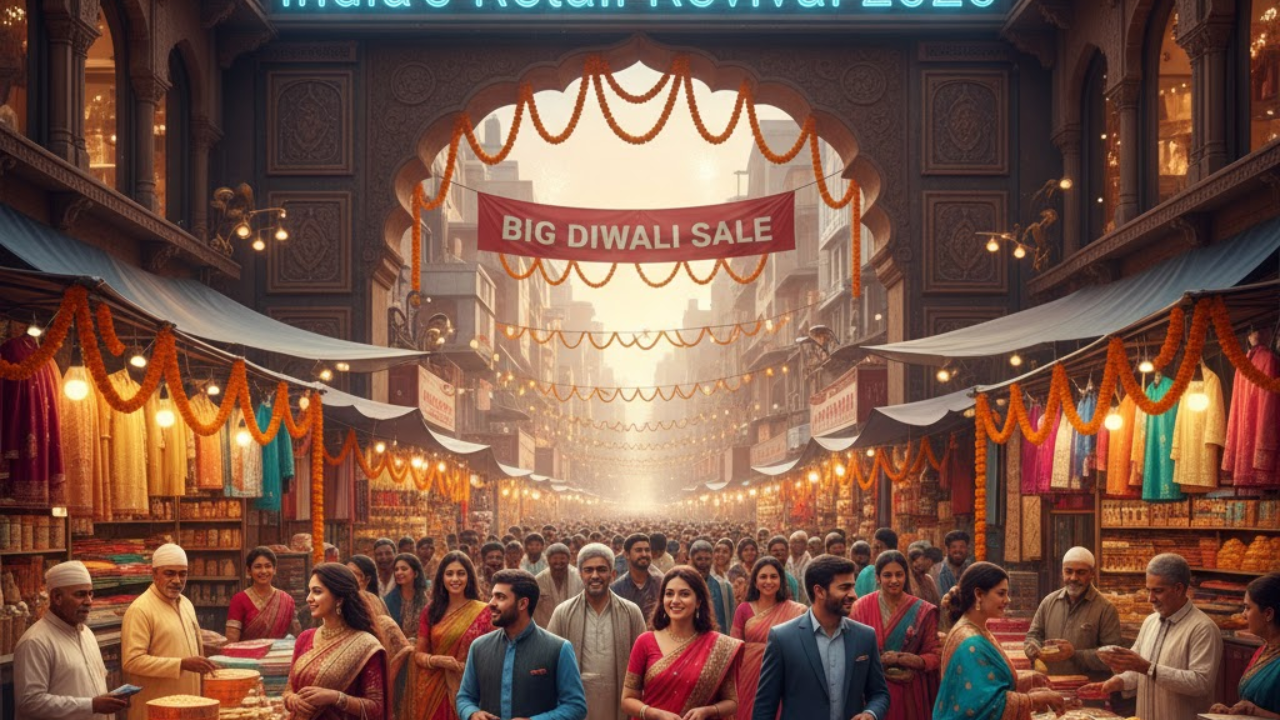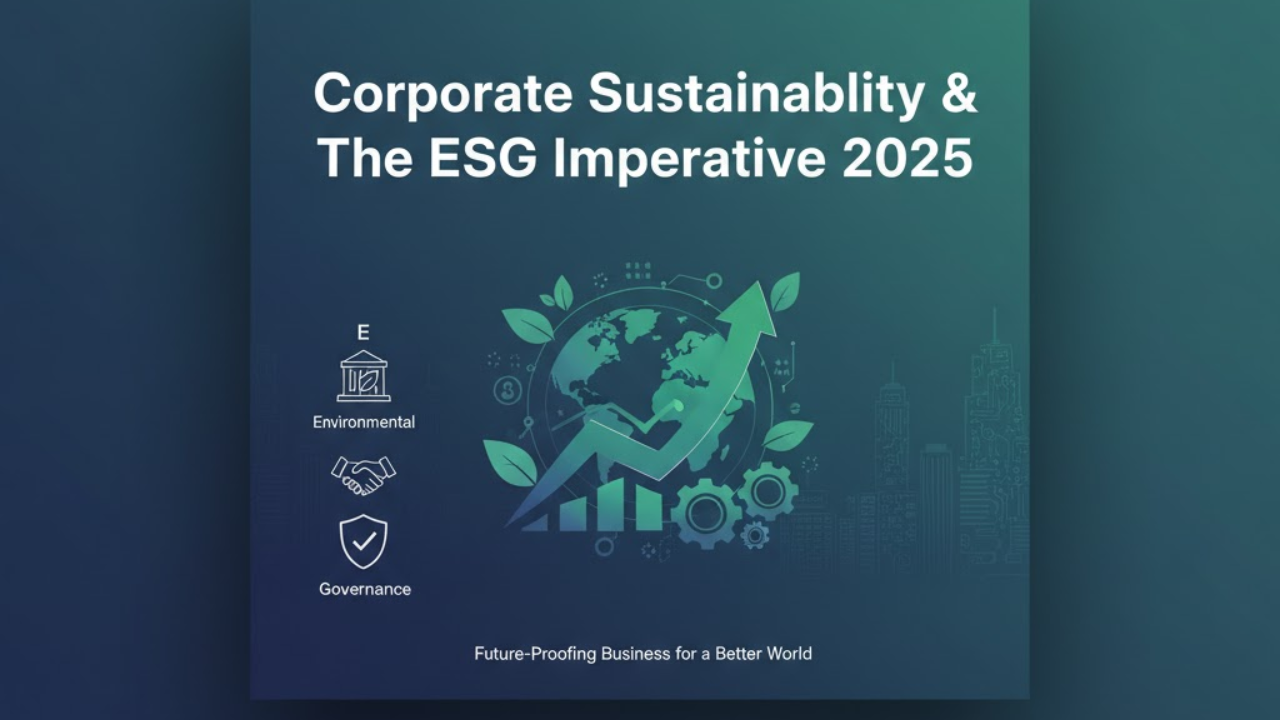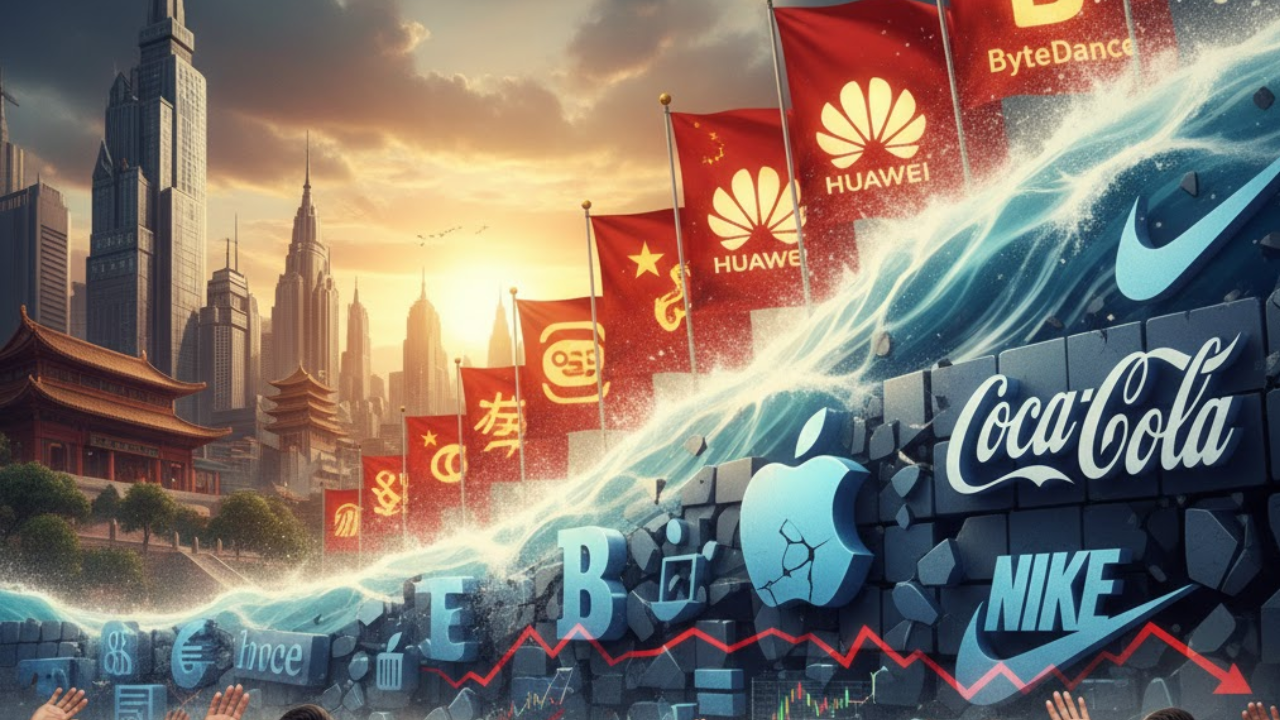
Post by : Meena Rani
The global media industry is undergoing one of the most profound transformations in its history. The traditional advertising-driven model that supported news outlets, entertainment networks, and digital publishers is losing dominance. In its place, new ecosystems are forming—built on influencer collaborations, membership communities, direct audience monetization, and niche content ecosystems.
Audiences are no longer passive consumers; they are active participants shaping content, distribution, and revenue streams. As algorithms fragment attention, media companies are rethinking how they create, package, and profit from content in a world where loyalty is fleeting, and trust is currency.
For decades, media economics revolved around a simple structure: create content → distribute at scale → attract advertisers → profit from impressions. But by 2025, this model has eroded under multiple pressures:
Ad Saturation and Platform Dominance – Tech giants like Google, Meta, and TikTok dominate digital ad revenues, leaving publishers with shrinking margins.
Declining Attention Spans – Audiences now prefer bite-sized, personality-driven content. Long-form journalism and traditional TV face engagement declines.
Subscription Fatigue – As more outlets put up paywalls, users resist paying for multiple subscriptions.
Creator Economy Disruption – Independent creators and influencers often command more trust, reach, and revenue than established media brands.
Algorithmic Gatekeeping – Social platforms decide what gets visibility, forcing media houses to adapt to changing algorithms and engagement rules.
The result: legacy media is being forced to evolve or risk irrelevance.
Influencers have evolved from mere entertainers into full-fledged media entities. With their ability to cultivate loyal audiences, they now rival traditional networks in reach and engagement.
Influencers and content creators are building media ecosystems that blend storytelling, commerce, and community. They launch podcasts, newsletters, apparel brands, online courses, and live events — creating a flywheel of diversified revenue.
Instead of competing, traditional media brands are partnering with influencers. Collaborations between creators and publications are becoming common—where influencers bring audience reach, and media houses provide editorial credibility and infrastructure.
For example:
Major publishers now feature influencer columns and creator-produced video series.
Brands sponsor creator-led media franchises rather than traditional ad slots.
Newsrooms are recruiting journalists with strong personal followings to attract digital-native audiences.
This shift marks the fusion of influencer culture and institutional journalism, giving rise to hybrid media identities that feel personal yet credible.
Unlike rigid subscription models, memberships build relationships rather than transactions. Members don’t just pay for access—they pay to belong.
Media outlets embracing this model (from niche newsletters to global publications) are seeing benefits like:
Recurring revenue stability instead of ad volatility.
Higher loyalty driven by two-way engagement.
Community-driven ideas and user-generated content contributions.
Membership-based media often offers perks such as private chat groups, early access to stories, exclusive newsletters, or event invitations. This structure turns audiences into stakeholders, increasing lifetime value while deepening trust.
Platforms like Patreon, Substack, and YouTube Memberships empower creators and small publishers to monetize directly from audiences. Instead of relying on algorithms or ad agencies, they cultivate sustainable micro-economies built on community support.
The most successful membership models emphasize participation, not paywalls. Readers and viewers feel they have a stake in the content’s future. This emotional connection—fueled by transparency, authenticity, and dialogue—is redefining what “media brand” means.
As traditional ad and subscription revenue plateaus, new monetization paths are gaining traction:
Brands increasingly sponsor in-depth storytelling aligned with their values. Instead of intrusive ads, sponsored features, podcasts, and documentaries seamlessly integrate brand narratives into content ecosystems.
Influencers and publishers are launching co-branded product lines—from limited-edition apparel to digital collectibles and merchandise. This fusion of media and e-commerce blurs lines between storytelling and sales.
Platforms now allow direct contributions via micropayments or tips. Even casual readers can support favorite writers or streamers without full subscriptions.
Live events, workshops, and summits (virtual or offline) create tangible community touchpoints—and highly profitable extensions for media houses.
Media companies are selling access to their proprietary data, research reports, and insights, turning audience analytics into high-margin B2B products.
Strong independent brands are licensing IP (shows, columns, video formats) globally, allowing creators to monetize their storytelling beyond original platforms.
While innovation is booming, the transition brings its own hurdles:
Creator burnout: Always-on production cycles strain mental health and creativity.
Revenue inequality: A small percentage of creators capture most income, leaving many struggling.
Platform dependence: Algorithm shifts can devastate audience reach overnight.
Content authenticity vs. commercialization: Balancing monetization with credibility remains tricky.
Trust erosion: With influencer marketing saturation, distinguishing journalism from promotion is harder than ever.
Media companies must walk a fine line—leveraging influencer energy while maintaining editorial integrity.
AI-Augmented Newsrooms: Journalists are using AI for research, data mining, and personalized storytelling.
Decentralized Media Networks: Web3 and blockchain enable direct creator-to-consumer publishing, bypassing intermediaries.
Audio & Short-Form Dominance: Podcasts and short-form video continue to drive engagement across platforms.
Niche Communities: Hyper-focused content—like local news, vertical newsletters, and specialist podcasts—thrives amid audience fragmentation.
Transparency & Ethics: Consumers increasingly demand clarity on paid partnerships, sourcing, and bias.
Hybrid Influencer-Journalist Roles: Reporters with strong social presences blur the boundary between creator and correspondent.
These patterns suggest the future of media will be personalized, participatory, and purpose-driven, rather than centralized and one-directional.
Focus on community, not clicks. Audiences who trust your brand are more valuable than passive viewers.
Build creator partnerships that amplify authenticity.
Diversify revenue: memberships, insights, experiences, and niche sponsorships.
Treat yourself as a media company. Build systems, teams, and repeatable formats.
Prioritize audience trust over short-term deals.
Invest in owned platforms—email lists, websites, memberships—beyond social media.
Demand transparency and integrity.
Support content that aligns with your values by becoming a member or paying subscriber.
Recognize that in this new ecosystem, you are part of the media equation, not just its target.
The reinvention of media is not about the death of journalism or the rise of influencers—it’s about convergence. Institutions bring authority; creators bring authenticity; audiences bring energy. Together, they form the foundation of the next-generation media economy.
As subscriptions give way to relationships and content becomes co-created, the future will belong to media ecosystems that combine trust, creativity, and inclusivity. Those who master this hybrid model will not only survive the transition—they’ll define it.
Disclaimer:
This article is for informational and editorial purposes only. It does not constitute marketing, business, or financial advice. Readers are encouraged to research and evaluate strategies before implementing them in their own media or content operations.
media business 2025, influencer media, membership model, creator economy, digital media trends, audience monetization, journalism business models










Bengaluru-Mumbai Superfast Train Approved After 30-Year Wait
Railways approves new superfast train connecting Bengaluru and Mumbai, ending a 30-year demand, easi

Canada Post Workers Strike Halts Nationwide Mail and Parcel Services
Canada Post halts operations as CUPW strike disrupts mail and parcel delivery nationwide amid disput

PM Modi Launches BSNL ‘Swadeshi’ 4G Network, 97,500 Towers Built
India enters global telecom league as PM Modi inaugurates BSNL’s indigenous 4G, connecting 26,700 vi

India’s Iconic MiG‑21 Takes Final Flight After Six Decades of Service
After 60 years India retires its MiG‑21 fighter jet, a legendary yet controversial warplane marking

Hindustan Zinc unveils AI hotspot monitoring at Debari smelter
Hindustan Zinc launches AI-powered Switchyard Hotspot Monitoring at Debari smelter to cut outages bo

Chinese experts worked inside sanctioned Russian drone plant
Chinese drone specialists visited IEMZ Kupol supplying parts and drones via intermediaries, deepenin